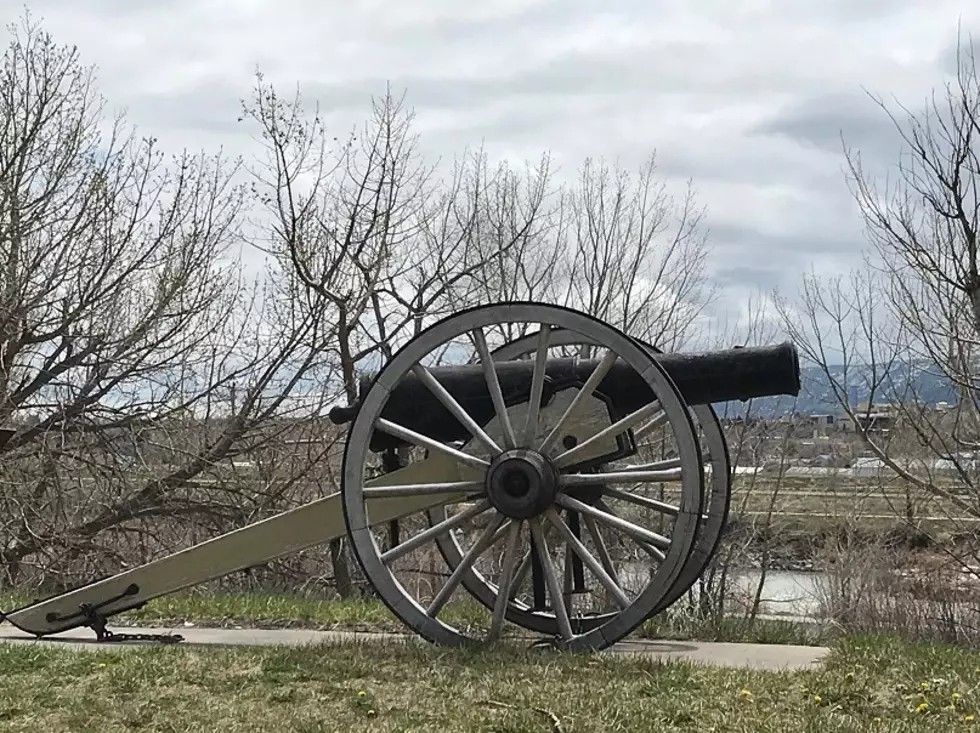
Yellowstone’s Leading Geologist Dies
Most of what you understand about how Yellowstone was created, its millions of years of history, and how it works today, came from this guy.
Robert Christiansen, a man who is arguably the greatest geologist of Yellowstone National Park, has died.
He left behind a legacy of research that will be studied for decades.
USGS geologist and the founding Scientist-in-Charge of the Yellowstone Volcano Observatory Robert “Bob” Christiansen died on Sept. 15, 2022, in Palo Alto, California. (Daily Montanan).
He received his doctorate from Stanford University and then began working at the USGS in 1961. He retired in 2003 but remained active in his work until his death.
Back in1965 he was part of a team tasked with creating a comprehensive geologic map of the young volcanic rocks in Yellowstone. The study was funded mainly by NASA.
From 1966 to 1971, Bob and USGS colleagues (mainly Dick Blank) spent the summer months in Yellowstone carrying out field work and mapping. In other times of the year, they analyzed aerial photographs, scrutinized the rocks they sampled, measured the chemical composition of the rocks, and determined their ages. The work lasted long beyond the initial field seasons as Bob and his collaborators worked to understand the complex geologic history of the region. (Daily Montanan).
Decades of work were published in 2001 by the USGS. Much of what we understand about Yellowstone today was based on that work.
Bob also led the publication of a 2007 USGS report on Volcanic and Hydrothermal Hazards in Yellowstone.
Much of what we know, and what is quoted today, about the formation of what we see as Yellowstone today was because of this work. This means understanding millions of years of geological evolution.
Bob also published two journal papers, in 1984 and in 1991 (mainly with USGS colleague Wes Hildreth), that describe in great detail the chemical and isotopic composition of Yellowstone’s volcanic rocks. With USGS colleagues led by Gordon Eaton, Bob co-authored a 1975 journal paper that used multiple datasets to identify magma beneath Yellowstone. (Daily Montanan).
Bob is mostly known for his work on Yellowstone. But what he discovered led to understanding volcanoes around the United States.
Bob was the chief scientist for monitoring and scientific analysis of the 1980 eruption at Mount St. Helens in Washington and was consulted on many other important geological events around the country.
He also served in several management positions at the USGS. This included the coordinator of the USGS Geothermal Research Program and the Chief of the USGS Branch of Igneous and Geothermal Processes.
If in school you learned of Yellowstone's geological history and how the inner workings of the park operate today, you are reading many of the discoveries Robert “Bob” Christiansen made. You also read and hear his work in pamphlets at the park, on television shows on science channels, and YouTube science videos.
The 7 Funniest Yellowstone T-Shirts You Can Own
11 Beautiful Wonders Of Wyoming NOT Named Yellowstone
More From Wake Up Wyoming









